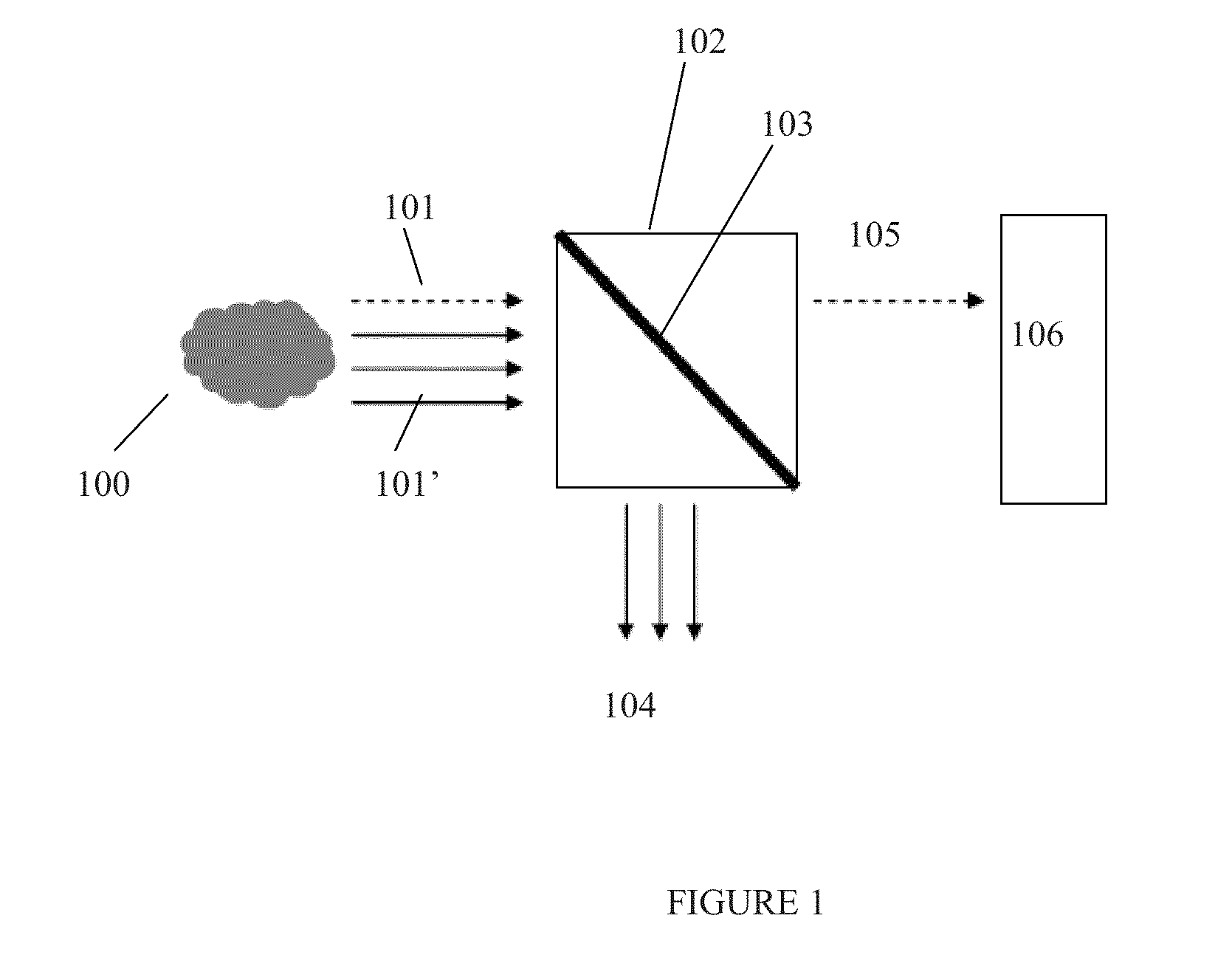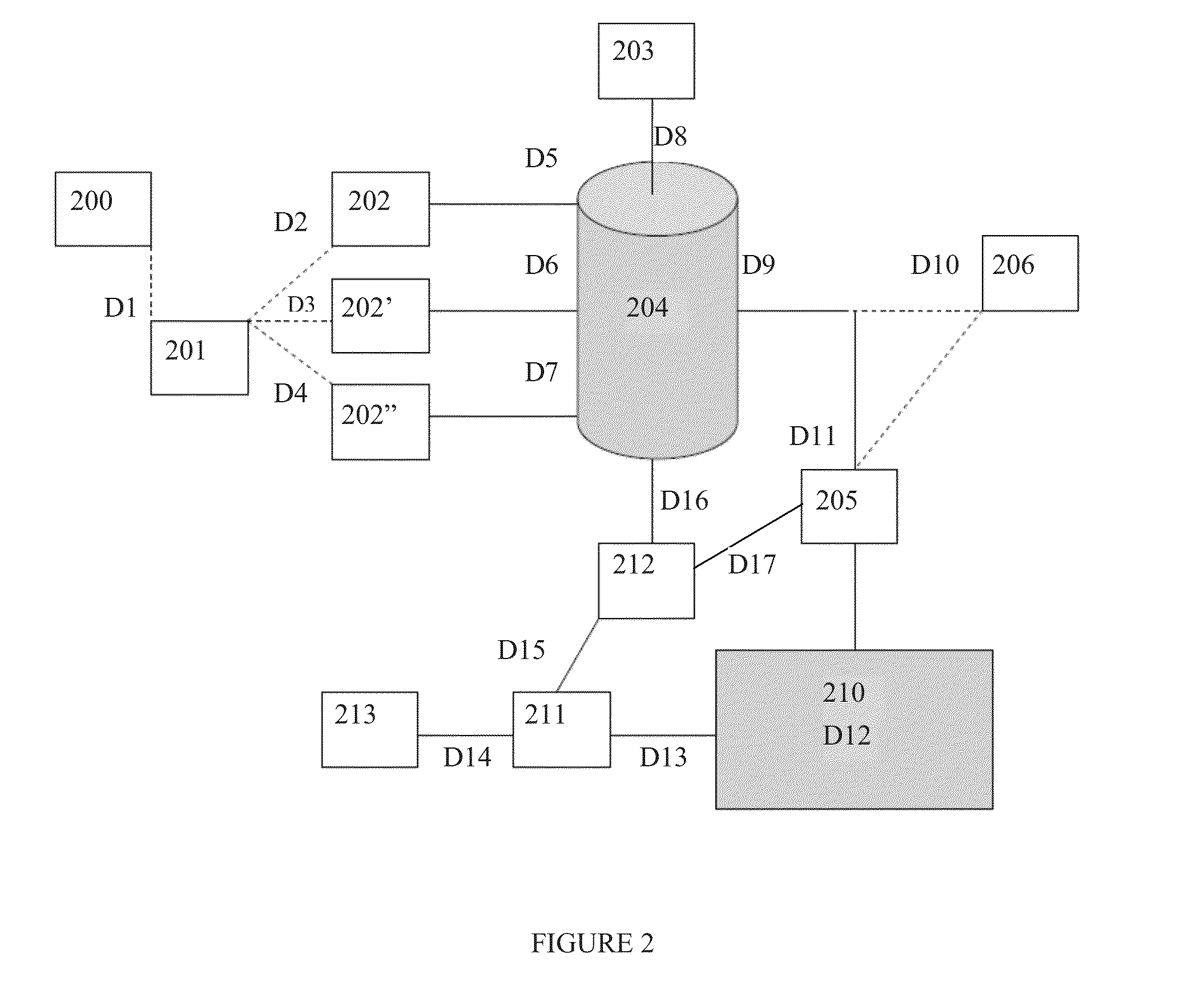Methods for monitoring the formation and transport of an acidizing fluid using opticoanalytical devices
an opticoanalytical device and acidizing fluid technology, applied in the field of fluid monitoring, can solve the problems of difficult off-line laboratory analysis, difficult to perform off-line laboratory analyses, and large sample preparation requirements
- Summary
- Abstract
- Description
- Claims
- Application Information
AI Technical Summary
Benefits of technology
Problems solved by technology
Method used
Image
Examples
Embodiment Construction
[0039]The present invention generally relates to methods for the monitoring of fluids in or near real-time, and, more specifically, to methods for monitoring fluids prior to, during or after their introduction into a subterranean formation and / or to methods for monitoring produced fluids from a subterranean formation.
[0040]Various embodiments described herein utilize opticoanalytical devices that can be utilized for the real-time or near real-time monitoring of fluids that are ultimately introduced into a subterranean formation. Likewise, these opticoanalytical devices can be used to monitor fluids that are produced from a subterranean formation (including both flow back fluids, formation fluids, and combinations thereof) or to monitor and regulate fluids that are used in various processes. These devices, which are described in more detail herein, can advantageously provide a measure of real-time or near real-time quality control over the introduction of fluids into a subterranean f...
PUM
 Login to View More
Login to View More Abstract
Description
Claims
Application Information
 Login to View More
Login to View More - R&D
- Intellectual Property
- Life Sciences
- Materials
- Tech Scout
- Unparalleled Data Quality
- Higher Quality Content
- 60% Fewer Hallucinations
Browse by: Latest US Patents, China's latest patents, Technical Efficacy Thesaurus, Application Domain, Technology Topic, Popular Technical Reports.
© 2025 PatSnap. All rights reserved.Legal|Privacy policy|Modern Slavery Act Transparency Statement|Sitemap|About US| Contact US: help@patsnap.com



